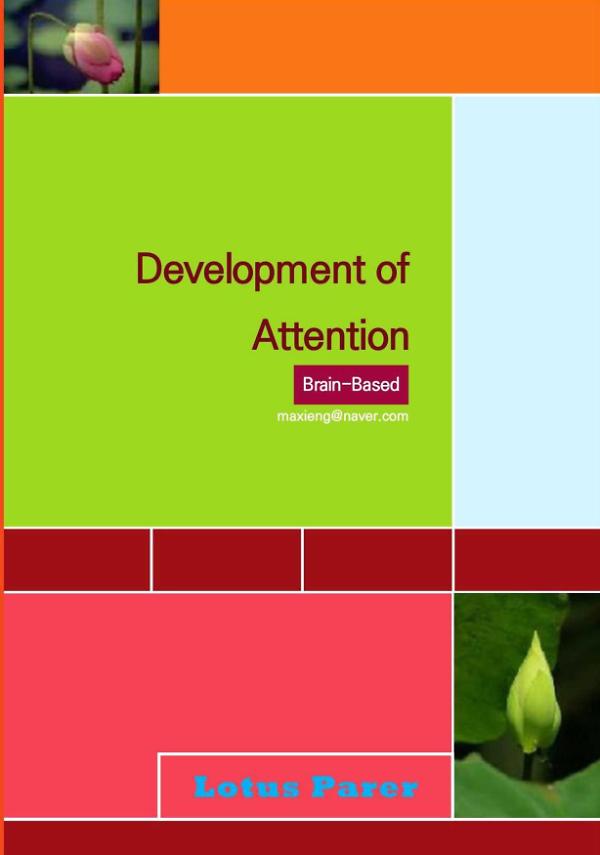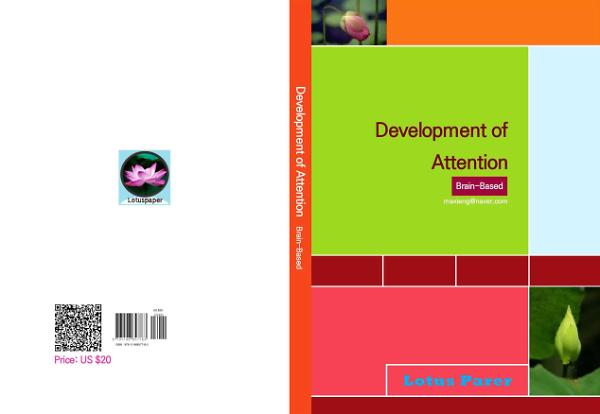Maha-cattarisaka Sutta: The Great Forty MN 117
Saccavibhanga Sutta: An Analysis of the Truths
1. science of self/nonself discrimination
1.1. iIntroduction
1.2. Immune Selfhood
1.3. Whither Individulity?
1.4. Eco-immunology
1.5. The Cognitive Paradigm
1.6. Modeling the immune system
1.7. Conclusion
2. Free Will
2.1. Major Historical Contributions
2.1.1 Ancient and Medieval Period
2.1.2 Modern Period and Twentieth Century
2.2. The Nature of Free Will
2.2.1 Free Will and Moral Responsibility
2.2.2 The Freedom to Do Otherwise
2.2.3 Freedom to Do Otherwise vs. Sourcehood Accounts
2.2.4 Compatibilist Accounts of Sourcehood
2.2.5 Libertarian Accounts of Sourcehood
2.3. Do We Have Free Will?
2.3.1 Arguments against the Reality of Free Will
2.3.2 Arguments for the Reality of Free Will
2.4. Theological Wrinkles
3. Weakness of Will
3.1. Hare on the Impossibility of Weakness of Will
3.2. Davidson on the Possibility of Weakness of Will
3.3. The Debate After Davidson
3.3.1 Internalist and Externalist Strands
3.3.2 Weakness of Will as Potentially Rational
3.3.3 Changing the Subject
3.3.4 Recent Developments
4. Moral Responsibility
4.1. Freedom, Responsibility, and Determinism
4.2. Some Approaches to Moral Responsibility
4.2.1 Forward-Looking Accounts
4.2.2 The Reactive Attitudes Approach
4.2.2.1 “Freedom and Resentment”
4.2.2.2 Criticisms of Strawson’s Approach
4.2.3 Reasons-Responsiveness Views
4.3. Contemporary Debates
4.3.1 The “Faces” of Responsibility
4.3.1.1 Attributability versus Accountability
4.3.1.2 Attributionism
4.3.1.3 Answerability
4.3.2 Moral Competence
4.3.2.1 The Moral Competence Condition on Responsibility
4.3.2.2 Conversational Approaches to Responsibility
4.3.2.3 Psychopathy
4.3.3 Skepticism and Related Topics
4.3.3.1 Moral Luck
4.3.3.2 Ultimate Responsibility
4.3.3.3 Personal History and Manipulation
4.3.3.4 The Epistemic Condition on Responsibility
5. Biological Individuals
5.1. The Focal Question: What are Biological Individuals?
5.2. Some Complexities: A Humungous Fungus and Coral Reefs
5.3. Conceptual Space, Distinctions, and Beyond Organisms
5.3.1 Beyond Organisms: Microbialism, Eliminativism, and Holobionts
5.3.2 Distinctions: The Evolutionary and the Physiological
5.3.3 Conceptual Space and Pluralism
5.4. Structuring Conceptual Space Beyond Pluralism
5.5. Groups as Evolutionary Individuals: Superorganisms, Trait Groups, Species, Clades
5.6. From Physiological to Evolutionary Individuals: Life, Reproduction, and Agency
5.6.1 Physiological Individuals as Living Agents
5.6.2 Reproduction, Life Cycles, and Lineages
5.6.3 Autonomous Agency
5.7. Locating Biological Individuals in Conceptual Space
5.8. Regulating Evolutionary Individuals
5.9. The Evolution of Biological Individuality
6. Recent theoretical, neural, and clinical advances in sustained attention research
6.1. Models of Sustained Attention Recent Developments in Paradigms to Investigate
6.2. Sustained Attention
6.3. Neural Networks Involved in Sustaining Attention
6.4. Evoked Activations and the Vigilance Network
6.5. Functional Connectivity Analyses
6.6 Lifespan Changes in Sustained Attention Ability
6.7 Deficits in Sustained Attention Ability: Clinical Populations
6.8 Modulating Sustained Attention Ability
6.9 Summary
Box 1
7. Right Concentration (samma samadhi)
7.1 The definition
7.1.1 Samadhi
7.1.1.1 Practice
7.1.2 Mindfulness
7.1.2.1 Order of practice
7.2 Purification depends on concentration
7.3 The four developments of concentration
7.3.1 the stilling of directed thoughts & evaluation
7.3.2 the attainment of knowledge & vision
7.3.3 mindfulness & alertness
7.3.4 the ending of the effluents
7.4 Noble right concentration
7.5 What are you waiting for?
Reference





